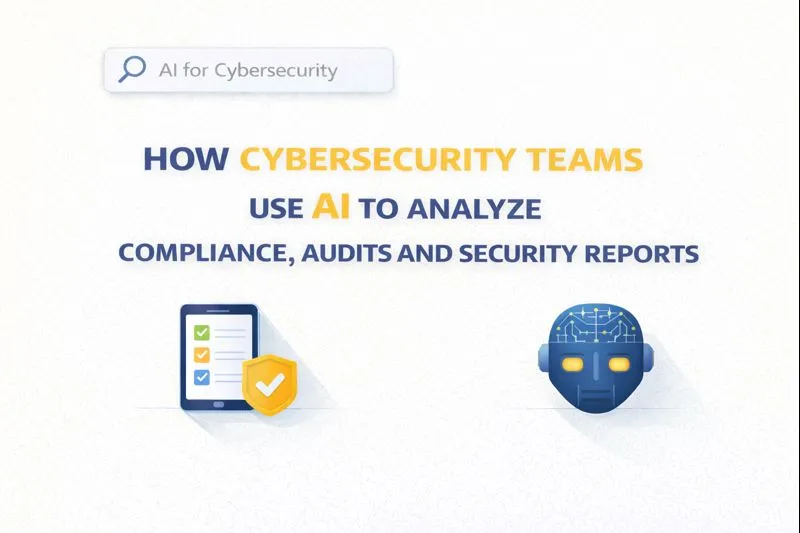Defining Growth Hacking

TL;DR
Introduction to API Testing
Bet you're wondering why api testing matters, right? Well, think of it as the unsung hero ensuring everything runs smoothly behind the scenes. It's different than ui testing; it focuses on the logic layer, which means we can test the core functionality of your application directly, without needing to go through the user interface. This makes testing faster and more reliable, as it's independent of any UI changes.
- It validates api endpoints, making sure they do what they're supposed to. Like, an e-commerce platform's checkout working correctly.
- It checks for data integrity across systems; critical in healthcare for accurate patient records.
- It's different than ui testing; it focuses on the logic layer.
So, next up, let's dive deeper into what api testing actually is. API testing is the process of testing the application programming interfaces (APIs) directly to determine if they meet expectations for functionality, reliability, performance, and security.
Functional Correctness and Validation
Okay, so you've got your fancy api all built – but does it actually work right? That's where functional correctness comes in. It's not just about if the api responds, but what it responds with.
First up, response codes. A 200 OK is great, but what about when things go wrong? Are you getting meaningful 400s for bad requests or a dreaded 500 when your server's having a bad day? Think about a banking app; a failed transaction needs a specific error code, not just a generic "something went wrong."
Then, there's data validation. Is the api returning the right data types? A phone number field shouldn't be spitting out letters, right? And is that data accurate compared to the source of truth – usually your database? This comparison is often done by directly querying the database or by having pre-defined expected data states to match against. Imagine a healthcare api returning incorrect dosage information – scary stuff!
Finally, request parameter validation – what happens when someone sends garbage data? Does your api gracefully handle it, or does it crash and burn? What about those edge cases? Like, what's the absolute longest name your "create user" endpoint will accept?
Once we've confirmed our API functions correctly, the next crucial step is ensuring it can handle the demands of real-world usage. Next, we'll look at API performance testing.
API Performance Testing
Ever wonder if your api can handle the load when everyone hits "buy" on Black Friday? That's where api performance testing comes into play; it's all about making sure your api doesn't crumble under pressure.
Load testing is simulating a bunch of users hitting your api at the same time. Think of it like a crowded store on sale day; you wanna see if the checkout lines (your api) can keep up. For example, a retail site needs to ensure their product catalog api can handle thousands of requests per second during peak hours.
Stress testing takes it a step further – it's about pushing your api beyond its breaking point to see when it falls over. The goal is to identify the API's breaking point and understand how it fails, so you can implement measures to prevent catastrophic failures. Like, what happens if double the expected users try to access the system simultaneously?
Endurance testing, or soak testing, checks how your api holds up over long periods. Will it start leaking memory after running for a week straight? It's kind of like leaving your car running overnight – you wanna make sure it doesn't die on you.
Next up, we'll talk about api security testing and how to keep the bad guys out.
API Security Testing
Okay, so you've built this awesome api, but is it Fort Knox, or more like a cardboard box? API security testing is crucial because, well, nobody wants their data leaked, right? It's about making sure only the right people are getting access to the right stuff.
First off, authentication and authorization is key. Are you using robust methods like OAuth or JWT? Or just a simple api key that's easily compromised? Think about a banking api – you sure don't want just anyone transferring money from your account!
Then there's input validation and sanitization. It's about preventing those sneaky injection attacks – like sql injection or cross-site scripting (xss). This involves checking that the API properly cleans and validates any data it receives, preventing malicious code like SQL injection or cross-site scripting from being executed. Imagine someone injecting malicious code into a retail site's search bar – yikes!
Don't forget about rate limiting and throttling. This helps prevent those denial-of-service (dos) attacks, where someone floods your api with requests and crashes it. It's like putting a bouncer at the door of a popular club.
So, what's next? Let's talk about documenting your api so others can actually use it!
API Documentation and Usability
Ever tried using an api with docs that felt like they were written in another language? Yeah, not fun. Good api documentation is critical; it's the welcome mat for developers.
First, completeness is key. Are all endpoints documented? Missing endpoints equals confusion – think trying to use a payment api, but no info on handling refunds, that's a problem!
Then, it's gotta be easy to understand. Clear descriptions, examples, and maybe even some sample code snippets. Imagine a healthcare api; if the documentation on retrieving patient records is ambiguous, it could lead to serious errors.
And don't forget discoverability. Can you actually find what you're looking for in the docs? A search function is a lifesaver, but so is clear navigation, logical grouping of endpoints, and maybe even a sitemap or index to help developers quickly locate the information they need.
So, what else should you be checking for? Next, we'll dive into API testing tools and automation.
API Testing Tools and Automation
Want to make your api testing life way easier? Automation is your friend...trust me on this one.
First off, tools like Postman, Swagger Inspector, and SoapUI can automate a lot of the grunt work. Think of it like this: instead of manually sending the same request over and over, you can script it.
Then, scripting languages – Python, Javascript – are super useful for building custom tests. Imagine an e-commerce platform automating tests to check if product prices update correctly after a sale.
Integrating api tests into your CI/CD pipeline means you can catch bugs early, before they hit production. This enables continuous feedback, automates regression testing, and ensures code quality throughout the development lifecycle, leading to faster releases and more stable software. It's like having a safety net for your code.
So, what's next? Let's talk about api contract testing.
Conclusion
So, you've made it to the end – congrats! But is your api really ready for primetime?
- Don't forget functional correctness; it's gotta do what it says on the tin. Think of a ride-sharing app; if the api messes up the fare calculation, you're gonna have some very unhappy riders.
- Then you got performance. Can it handle the load when everyone's ordering pizza on a saturday night?
- And, of course, security – keep those bad actors out! A breached healthcare api? No thanks.
- Lastly, documentation; make it easy for others to use.
Keep testing, y'all!








